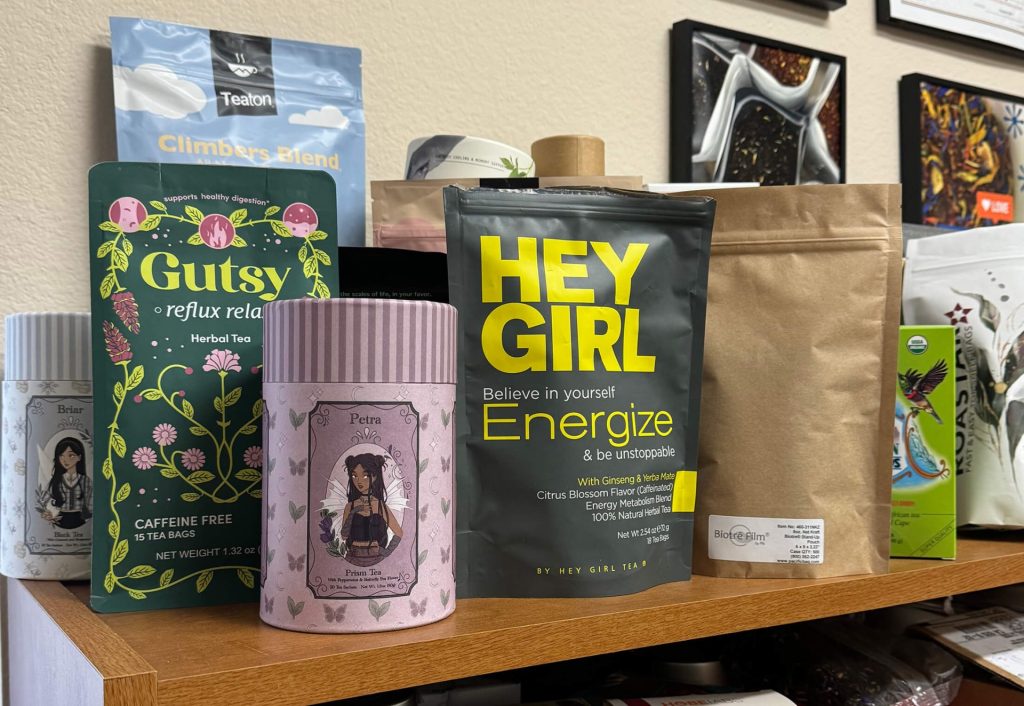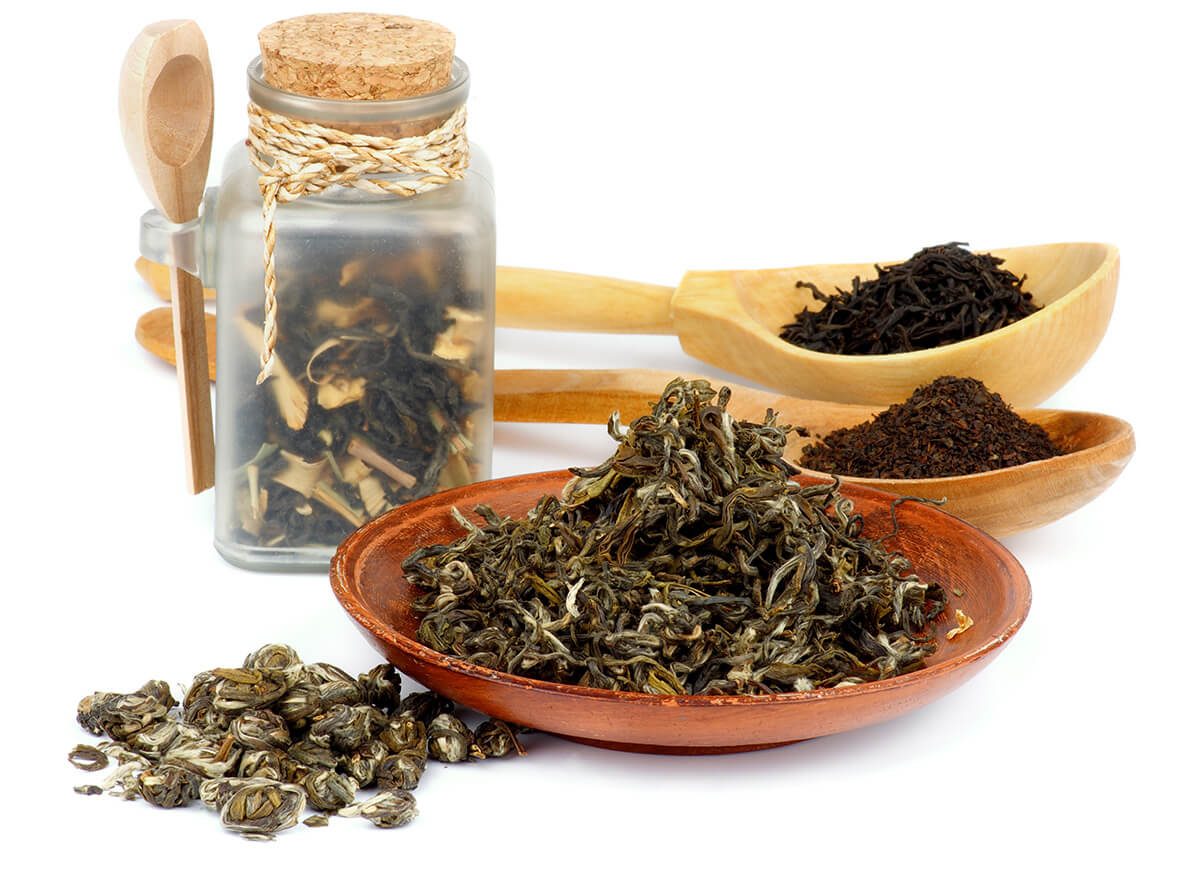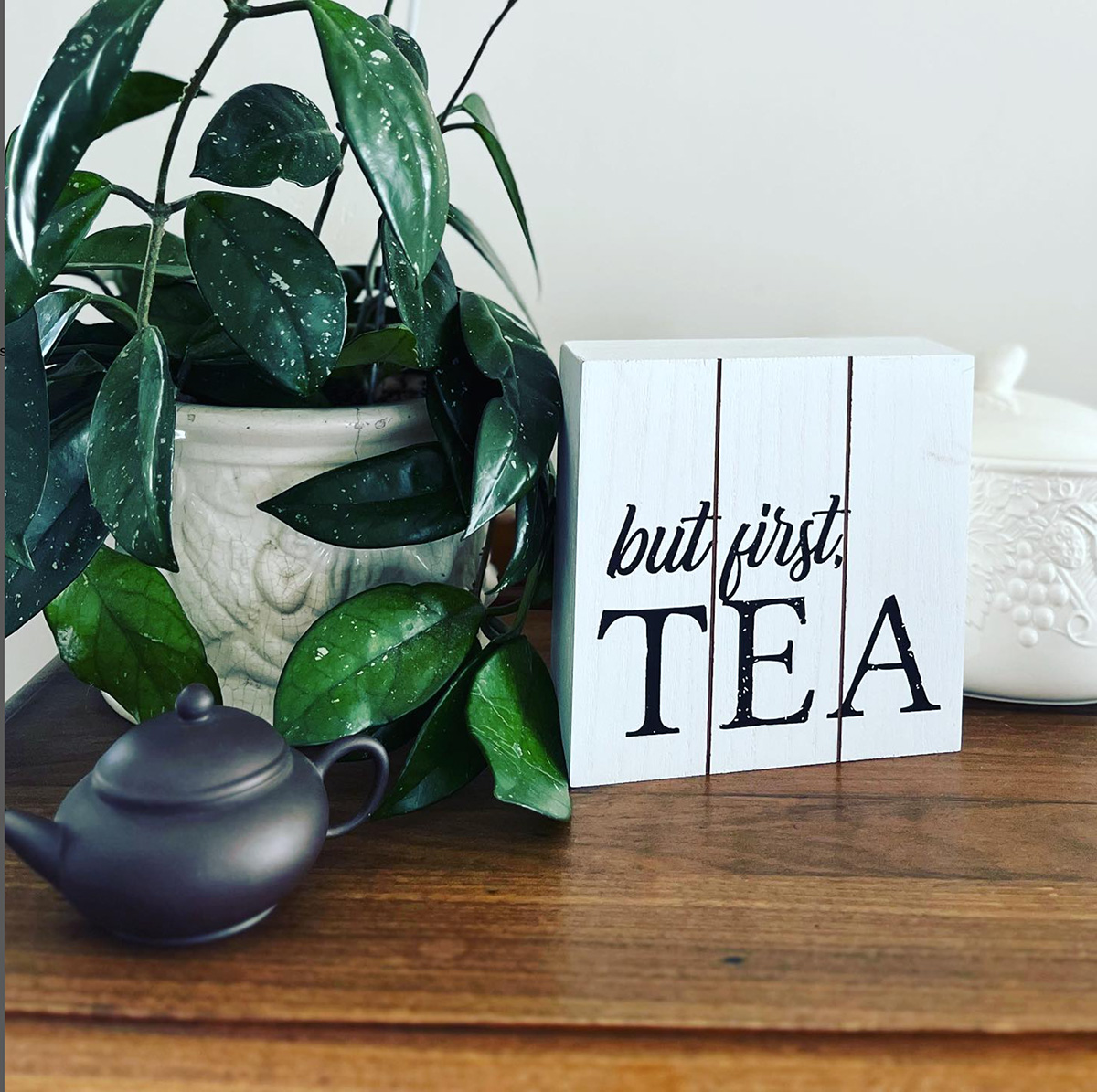If you’re passionate about tea and dreaming of turning that passion into a profitable venture, you’re not alone. The global tea market continues to grow, fueled by demand for organic blends, wellness teas, and unique flavor profiles. Whether you want to open a physical tea shop, start a tea subscription box, or launch an online tea brand, this guide will show you how to start a tea business—from concept to launch.
Overview
- Define Your Tea Niche
- Conduct Market Research
- Create a Business Plan
- Source High Quality Tea and Packaging
- Build Your Brand Identity
- Setup Your Online Store
- Comply with Legal and Food Safety Regulations
- Launch a Marketing Plan
- Offer Samples and Collect Feedback
- Scale & Diversify
Why Start a Tea Business?
Before diving into how to start a tea business, let’s look at why it’s such a promising idea:
- Low entry barriers: Starting a tea business doesn't require huge capital investments.
- Flexible business models: You can sell loose-leaf tea, tea bags, bottled beverages, or accessories.
- Health trends: Consumers are shifting toward natural and wellness-driven drinks like herbal and green teas.
- Scalability: You can start small online and scale to wholesale or retail over time.
1. Define Your Tea Niche
The tea market is competitive, so it’s important to choose a specific niche that sets your brand apart. Do you want to sell:
- Organic or herbal tea?
- Exotic blends sourced globally?
- Functional teas for sleep, digestion, or stress relief?
- Culturally inspired teas (e.g., chai, matcha, oolong)?
- Tea accessories or subscriptions?
Pro tip: Choose a niche you’re passionate about and research market demand through Google Trends, forums, and Amazon reviews.
2. Conduct Market Research
Once you’ve narrowed down your niche, it’s time to validate your idea. Here's how:
- Identify your target audience: Are you appealing to health-conscious millennials, busy professionals, or luxury tea connoisseurs?
- Analyze competitors: Look at other tea brands—what are they doing well, and where can you differentiate?
- Find suppliers: Reach out to wholesale tea suppliers or farms. Compare pricing, MOQs, and certifications.
3. Create a Business Plan
Writing a business plan helps clarify your strategy and attract investors or partners. Your plan should include:
- Executive summary
- Market analysis
- Product line
- Marketing strategy
- Operations plan
- Financial projections
4. Source High-Quality Tea and Packaging
Your product is the heart of your business. When considering how to start a tea business that customers trust, quality is non-negotiable.
- Tea suppliers: Source teas from reputable vendors or directly from farms in India, China, Sri Lanka, or Kenya.
- Lab testing: Ensure your tea is safe and fresh.
- Packaging: Use eco-friendly, airtight, and appealing packaging with clear labeling.

5. Build Your Brand Identity
Branding is more than a logo—it’s the story and emotion behind your business. To create a memorable tea brand:
- Choose a name that reflects your niche and values
- Design a professional logo and color palette
- Create a compelling brand story
- Choose consistent fonts and packaging styles
6. Set Up Your Online Store
Selling tea online allows you to reach a global audience. Here's how to get started:
- Choose a platform: Shopify, WooCommerce, or BigCommerce
- Buy a domain: Make sure it matches your brand
- Create product pages: Add SEO-optimized descriptions, quality images, and reviews
- Set up secure payment and shipping options
SEO tip: Optimize product pages with keywords like “organic loose-leaf tea” or “calming herbal tea.”
7. Comply with Legal and Food Safety Regulations
To operate legally and protect your customers, make sure to:
- Register your business and get an EIN
- Get necessary local permits or food handling certifications
- Follow FDA and labeling guidelines (in the U.S.)
8. Launch a Marketing Plan
Here are key strategies to promote your tea business:
- Content marketing: Blog about tea benefits, brewing guides, and recipes
- Social media: Use Instagram, TikTok, and Pinterest for visuals and engagement
- Email marketing: Offer a discount for sign-ups and send regular newsletters
- SEO: Rank for terms like “how to start a tea business” or “buy herbal tea online”
9. Offer Samples and Collect Feedback
Before scaling, test your product with real customers. Ask for feedback on:
- Flavor and quality
- Packaging and design
- Pricing and delivery speed
- Overall customer experience
10. Scale and Diversify
Once you’ve validated your tea products, consider scaling by:
- Adding new blends or seasonal teas
- Partnering with cafés or retailers
- Launching a subscription box
- Exploring international sales channels
Final Thoughts
Learning how to start a tea business is just the beginning and this is a basic overview. The real journey is building a brand that customers love and trust. With quality tea, strong branding, and a solid marketing plan, your tea business can flourish in a thriving market.
Ready to steep your dreams into reality? Start small, think big, and let your tea brand brew success—one cup at a time.
-------------------------------
Sound Overwhelming?
Contact Desiree Nelson Today to Help You Get Started!



